A Beautiful Base: Prismacolor Pencils Meets NOOD Paint Thinner
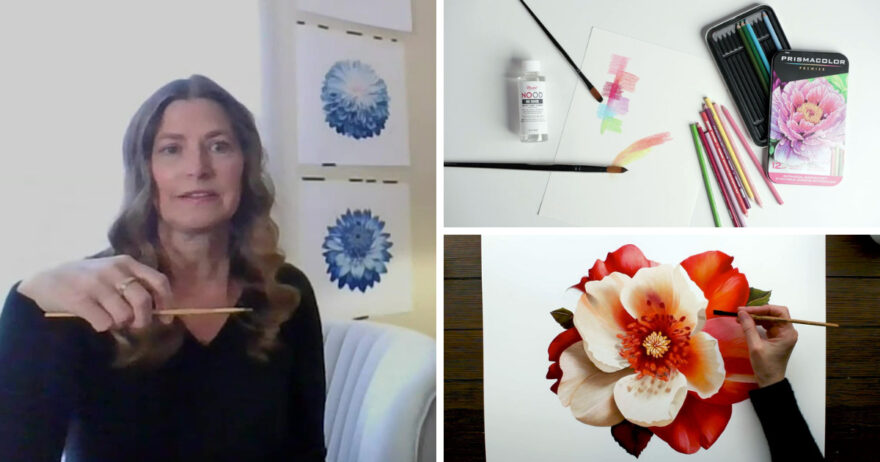
Colored pencil artist Jennifer Morrison creates stunning botanical art and teaches her methods in online classes. One of the core techniques she teaches is the spectacular base layer, which she achieves by laying down colored pencil pigment, and then applying a tiny bit of NOOD paint thinner with a stiff-bristled brush.
The paint thinner breaks down the binders, and the pigment blooms into smooth, blended color, providing a luminous base to which she can add more layers or detail.
See how it works.
Morrison has been a full-time colored pencil artist for seven years. Prior to that, she was a dietician and would color in the evenings to relax.
The flowers and fruits in botanical subject matter appealed to her because she could play with a full range of color. Lately, she has been moving from strict realism to more imagined botanicals.
She doesn’t mind the time a colored pencil drawing can take.
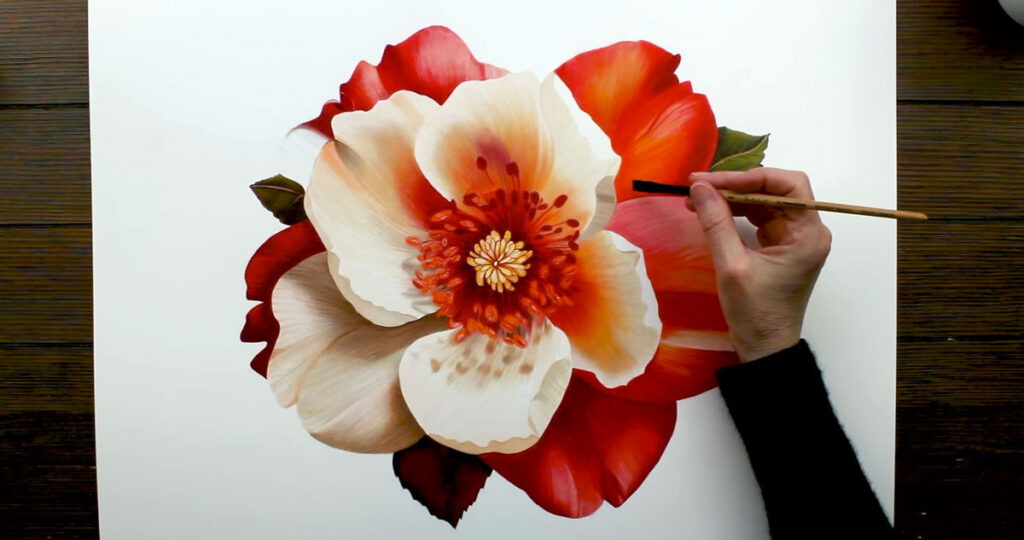
“I like the precision and the detail you can achieve with colored pencils,” she says. “And the lack of messiness. When I’m done, I can put everything away, just clear my space.”
Perhaps that’s also the appeal of this technique. It achieves a wash-like effect often seen in watercolor or thinned acrylics, smoothing out the graininess of colored pencil pigment, but without all the fuss of paints.
Want to see more product recommendations and demos? Check out our Product Guides page!
Morrison is primarily self-taught, having learned much of her technique from YouTube videos and books. (In addition to seeing it in online videos, she learned this technique from Alyona Nickelsen’s book, Colored Pencil Painting Bible (2009). She now shares her knowledge through her own online classes on Patreon, often breaking down her complex work into four or five modules.
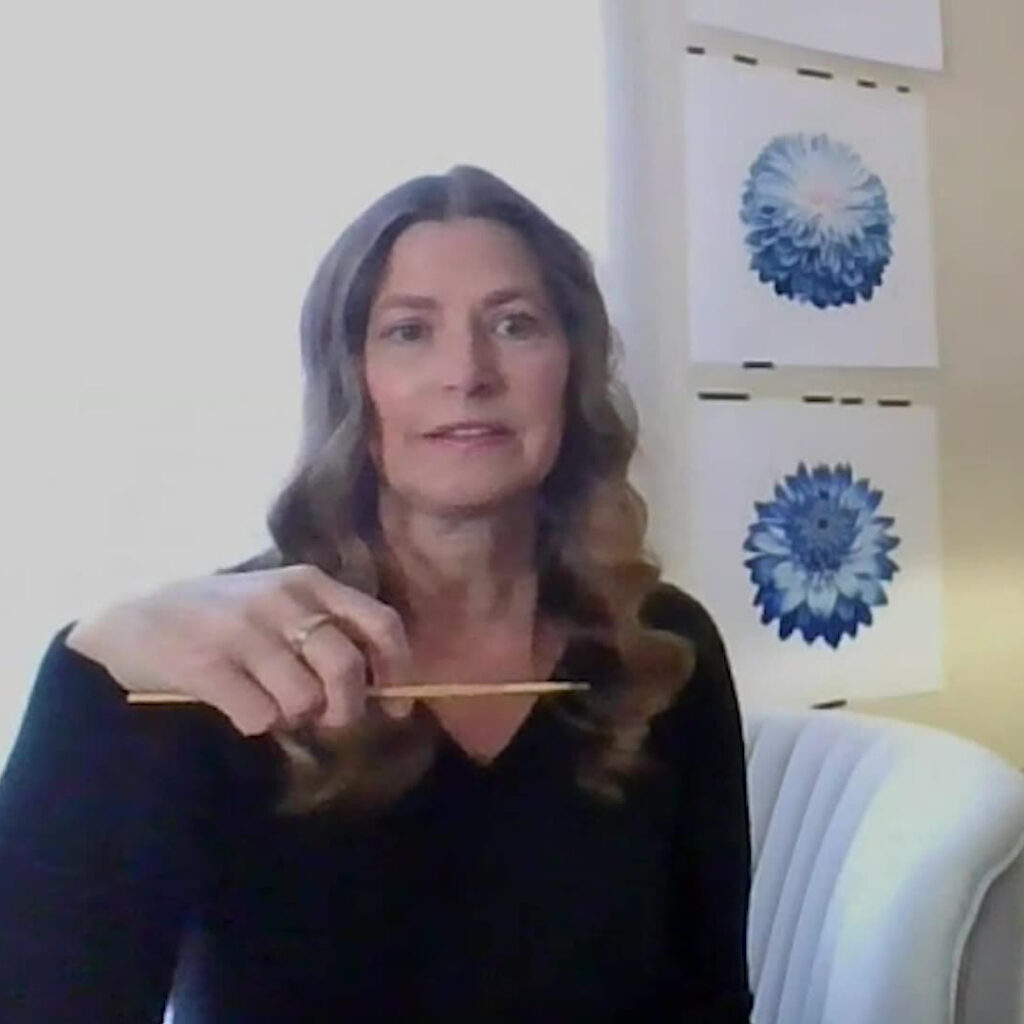
For this technique, Morrison uses a few specific tools.
Prismacolor is her preferred brand of pencil for this technique, because it tends to deposit a rich layer of pigment, although she says this technique works for any brand. (In the video, she uses Danthrin Blue base layer and White for the detail.)
The paint thinner she uses is Utrecht’s NOOD Odorless Paint Thinner. It’s odorless and effective, and a 4-ounce bottle will last her an entire year, even drawing every day like Morrison does. And just for aesthetic pleasure, she decants the paint thinner in a fancy dispenser or a mason jar (clearly labeled, of course), because why not surround yourself with beautiful things?

A very little of the paint thinner goes a long way. Morrison applies it almost as a drybrush technique, making sure to remove excess thinner on a rag or washcloth before applying it to the pigment. Allow the paint thinner to dry completely before going back in with a pencil. If it’s still wet, the tip of the pencil may crumble, as the thinner dissolves the blender in it.
While this works for most papers, Morrison is a fan of using Rising Museum Board from Legion Papers.
For brushes, any inexpensive, firm-bristled brush can work. Morrison keeps several on hand, and likes a no. 2 or no. 4 because of the detailed aspect of her work, usually a filbert or a flat. She also has a scrubber brush on hand. Once in a while, there is a “stubborn” color, where the binder doesn’t dissolve readily; a scrubber can help with that.
To learn more about this technique, check out Morrison’s Patreon channel, or to see more of her work, visit her website. All of the supplies are available through DickBlick.com, or from your local art retailer.
This article contains affiliate links that help us earn a small commission from purchases — at no additional cost to you. We are grateful for your support.
From Our Shop
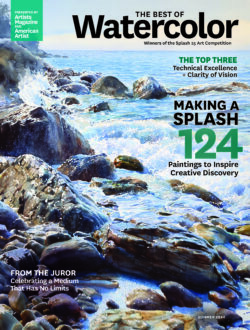

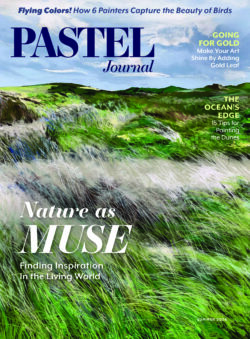
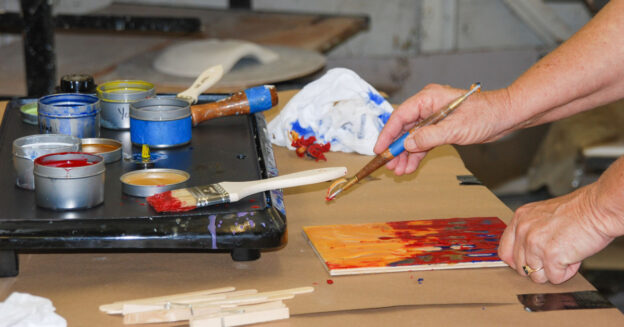
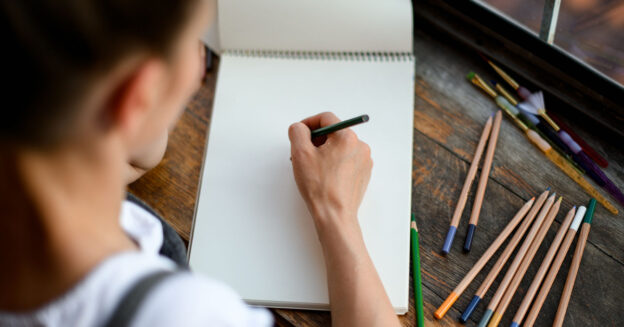



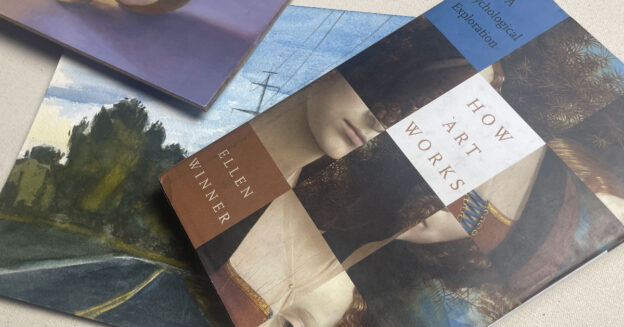
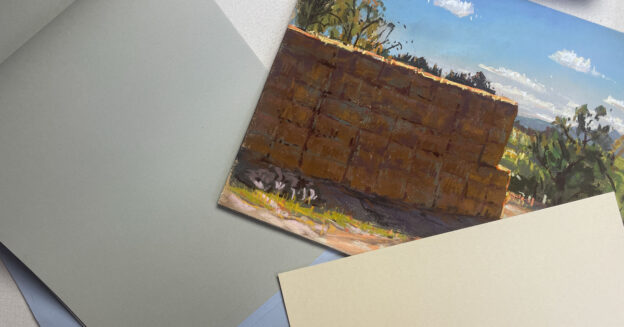




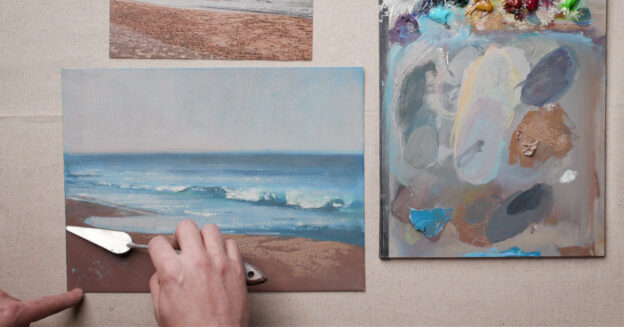


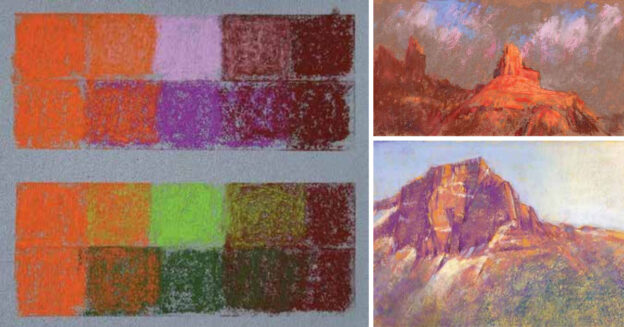

Join the Conversation!